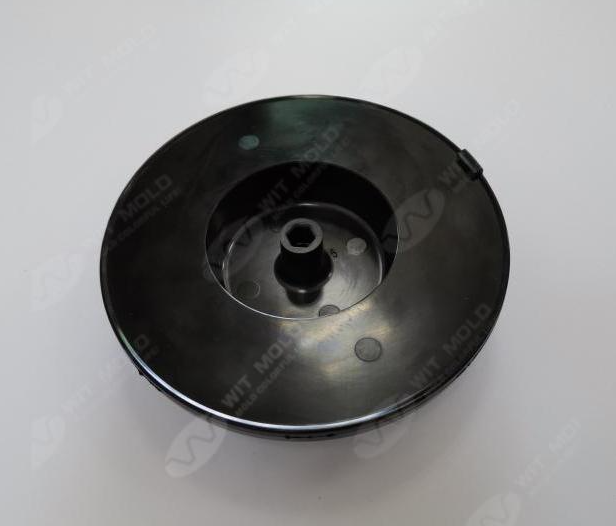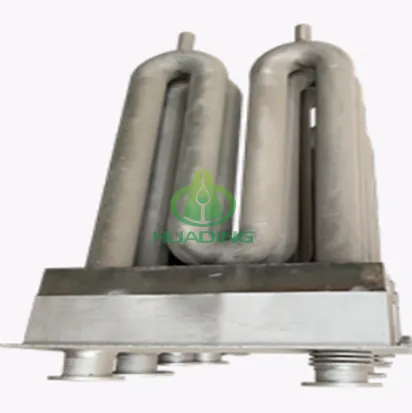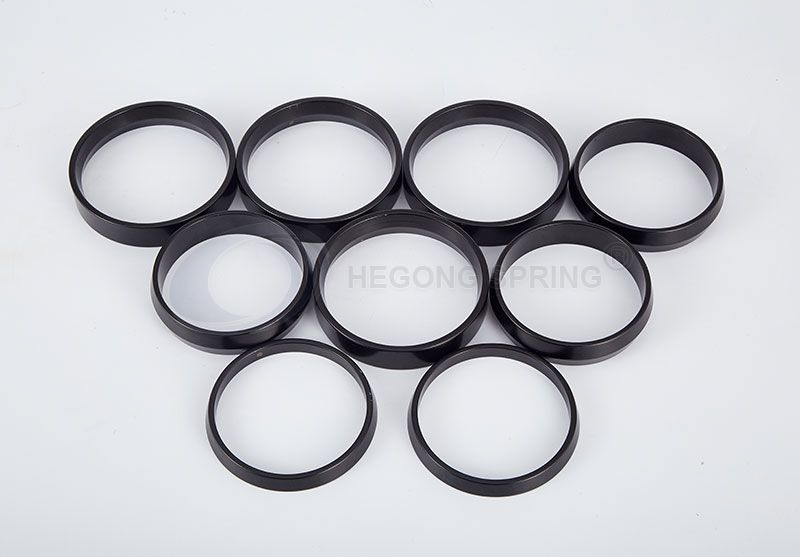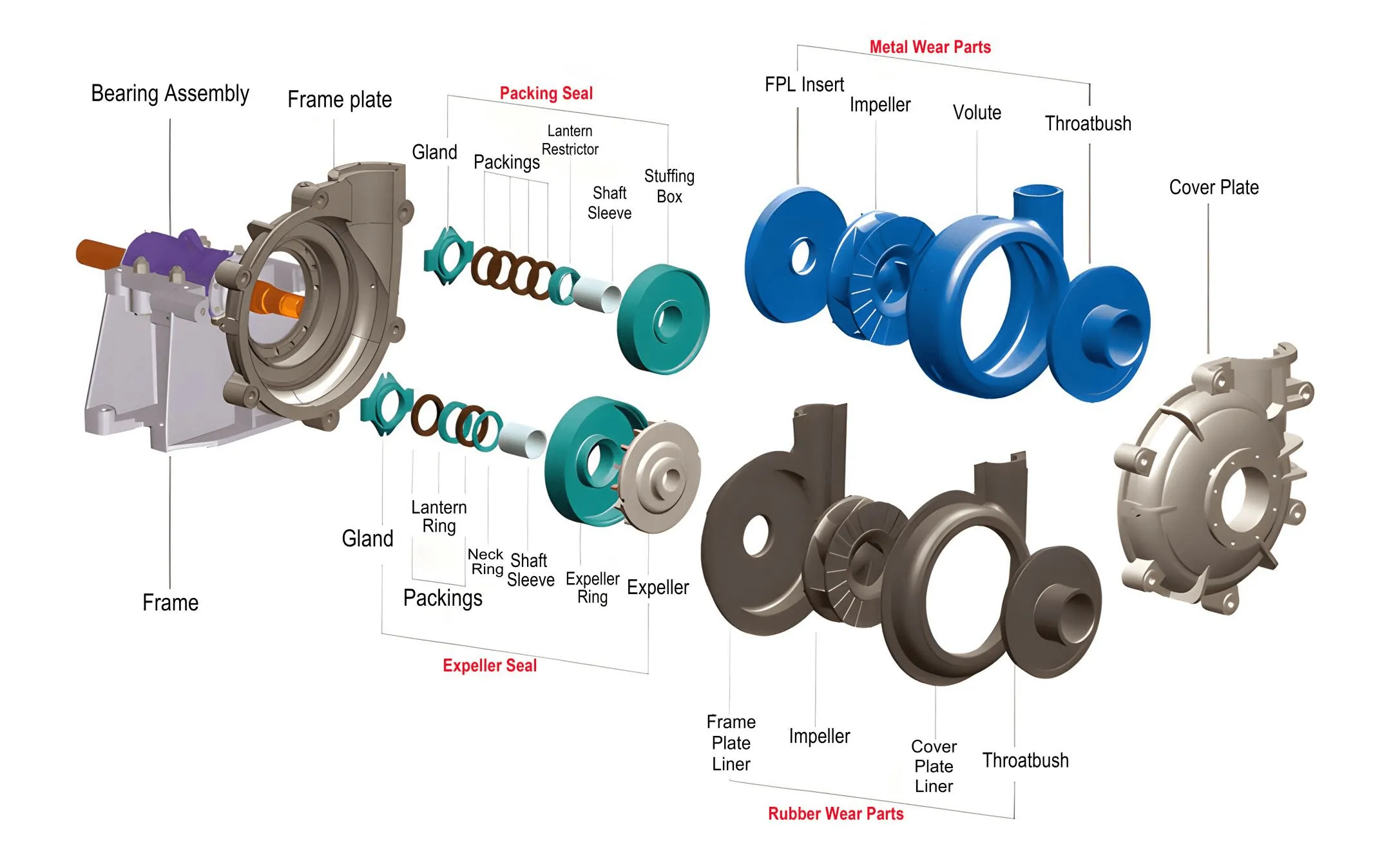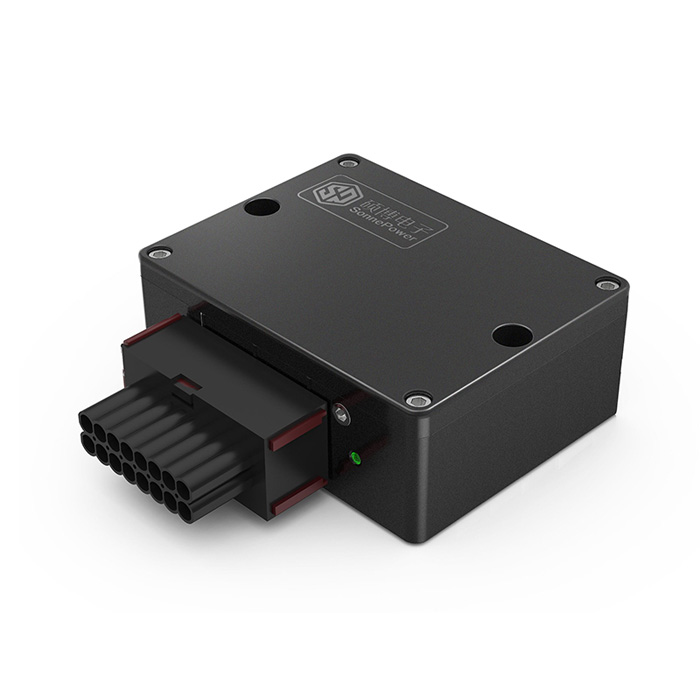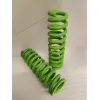Lost Wax Casting: An Artistic and Industrial Process
Lost wax casting is a metal casting technique that dates back to ancient times. It is also known as investment casting or precision casting. This method is widely used in the creation of jewelry, sculptures, and industrial components. In this article, we will explore the lost wax casting process, its history, and its various applications.
History of Lost Wax Casting
Lost wax casting is one of the oldest known metalworking techniques. The earliest known examples of this technique date back to the third millennium BC in Mesopotamia. The ancient Egyptians, Greeks, and Romans also used lost wax casting to create bronze sculptures and other decorative objects. The technique was widely used throughout the Middle Ages and Renaissance period to create metalwork for religious institutions. Today, lost wax casting is used in a variety of industries and is appreciated for its ability to create complex and detailed metal objects.
The Lost Wax Casting Process
The lost wax casting process is a multi-step process that involves several stages, including:
Wax Model Creation: The first step in the lost wax casting process is creating a wax model of the desired object. The wax model can be created by hand or using computer-aided design (CAD) software.
Mold Creation: Once the wax model is complete, it is encased in a ceramic shell or mold. The mold is then heated, which causes the wax to melt and drain out of the mold, leaving behind a cavity in the shape of the wax model.
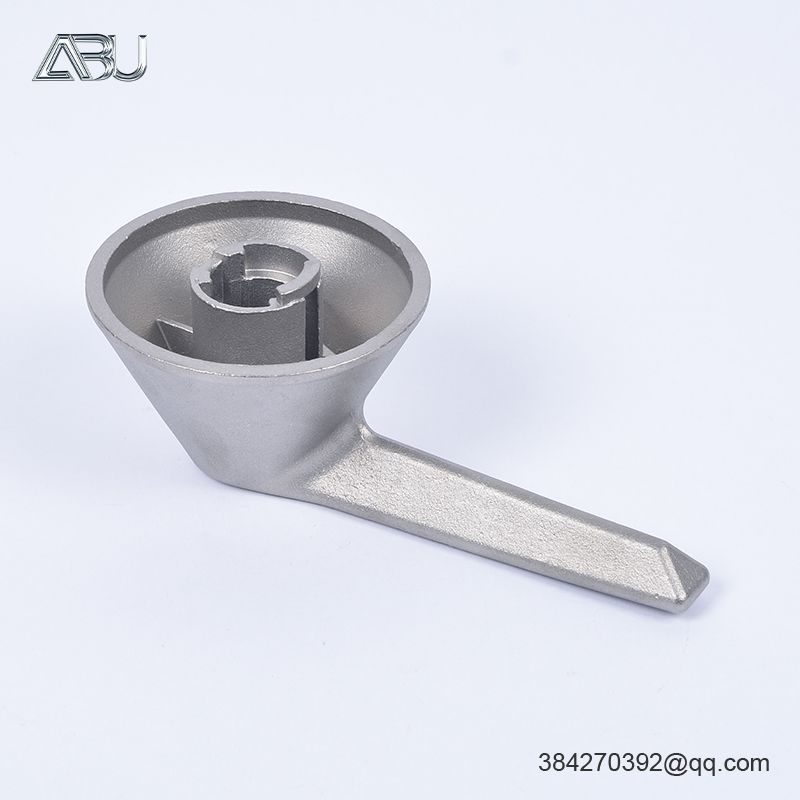
Metal Pouring: Molten metal is then poured into the cavity left behind by the wax, filling the space with the metal. The metal is left to cool and solidify.
Mold Breakout: Once the metal has cooled and hardened, the ceramic shell is broken away from the metal casting.
Finishing: The final step in the lost wax casting process is finishing the metal casting. This may involve polishing, grinding, or other finishing techniques to achieve the desired texture and surface finish.
See also:What is the investment casting process?
Investment Casting vs. Die Casting: Which Is Right for Your Application
What Is the Fuel Efficiency of Caterpillar Diesel Engines?
What are the types and applications of roller bearings?
How does a Photocatalyst Filter work in air purifiers?
How to Choose the Right Sump Pump?
Miniature Bearings: Small Parts, Big Impact
Applications of Lost Wax Casting
Lost wax casting is used in various applications, including art, jewelry making, and industrial manufacturing. In art, lost wax casting is used to create intricate sculptures and other decorative objects. In jewelry making, the technique is used to create complex and detailed jewelry pieces that cannot be achieved through other methods. Lost wax casting is also used in industrial manufacturing, where it is used to create parts with intricate shapes and precise dimensions.
Advantages of Lost Wax Casting
Lost wax casting offers several advantages over other metal casting techniques, including:
High Level of Detail: Lost wax casting allows for the creation of highly detailed and intricate designs, making it ideal for use in art and jewelry making.
Reproducibility: Lost wax casting allows for the creation of identical parts, making it ideal for mass production.
Versatility: Lost wax casting can be used to create a wide range of objects, from small jewelry pieces to large industrial components.
Precision: Lost wax casting allows for the creation of parts with precise dimensions and complex shapes, making it ideal for use in industrial manufacturing.
Conclusion
Lost wax casting is a versatile and ancient metal casting technique that is still widely used today. The process involves creating a wax model, encasing it in a ceramic mold, pouring molten metal into the mold, and finishing the final product. The technique is used in a variety of industries, including art, jewelry making, and industrial manufacturing, and offers several advantages over other casting methods, including high detail, reproducibility, versatility, and precision. With its long history and wide range of applications, lost wax casting is an important and valuable process in the world of metalworking.
What is the stator in a DC motor?
How does a 1-inch diaphragm pump work?
Which industries benefit the most from Precision Investment Casting technology?
How Does a Gravel Pump Work?
The Most Common Types of Hydraulic Valves
What is slab gate valve?
What is a Double Eccentric Butterfly Valve used for?


